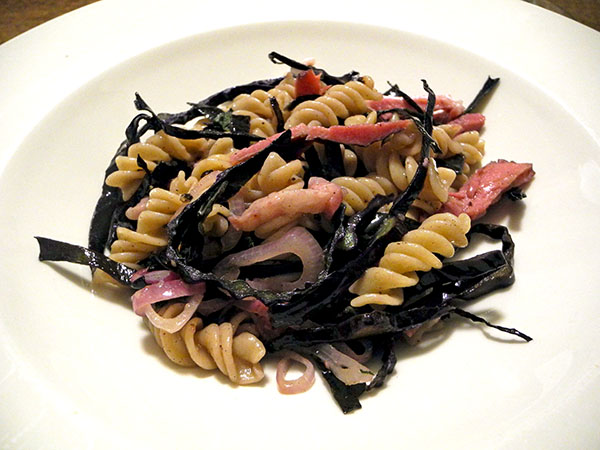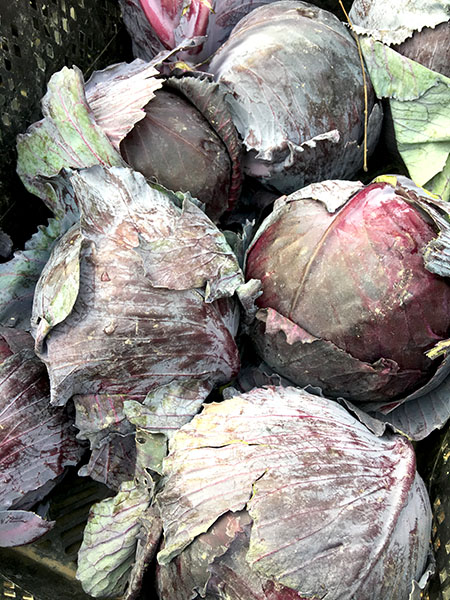
It must be early apparent by now that we love this recipe, regardless of what fish I’ve decided to include in it. It’s made many appearances on this blog, and last night it was the turn of monkfish, the species designated in the New York Times clipping which originally introduced me to it.
It’s a great formula, and, more wonderful still because of its versatility: Its author, Mark Bittman, who authored the recipe, says, “The recipe can be finished with almost any firm fish fillet.”. I’ve made it with several myself.
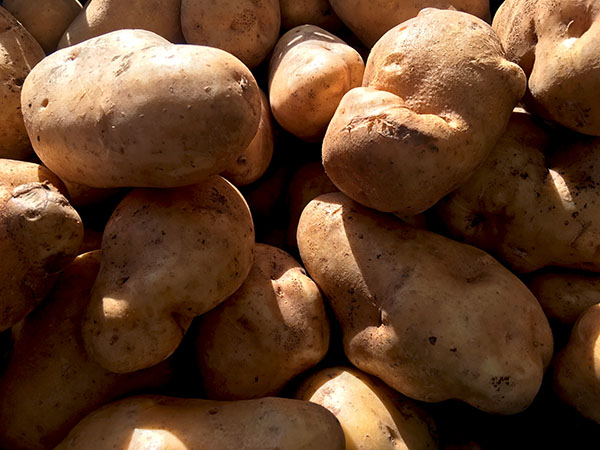
The night before I had run out of my usual (modest) stock of potatoes, for almost the first time ever, but earlier on Friday I had picked up some more, 3 varieties, one one of which was the excellent creamy, yellow-fleshed Carola used in this meal.
The recipe is on the site I linked to above. Last night I used the ingredients described below.
- two monkfish tails (about one pound) from Pura Vida Seafood, rinsed, halved, seasoned, roasted with three fourths of a cup of black oil-cured olives from Buon Italia, pits removed, on top of a bed of one pound of scrubbed, unpeeled, thinly-sliced and seasoned Carola potatoes from Mountain Sweet Berry Farm which had just been roasted (in a very generous amount of olive oil) with about a dozen dry Italian bay leaves, also from Buon Italia
- a spray of upland cress from Two Guys from Woodbridge, drizzled with a little olive oil
- the wine was a really excellent Spanish (Galician) white, Bodegas La Val Albariño Rias Baixas 2015, from Chelsea Wine Vault
- the music was a single magnificent piece, Sylvano Bussotti, ‘The Rara Requiem’, Gianpiero Taverna
conducting the Saar Radio Symphony Orchestra and the Saarbrücken Conservatory Chorus
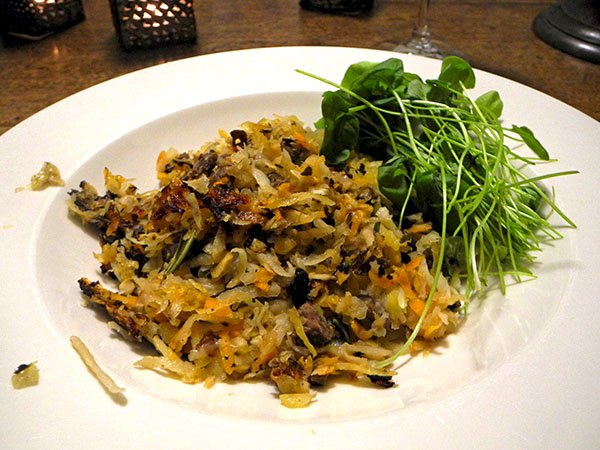

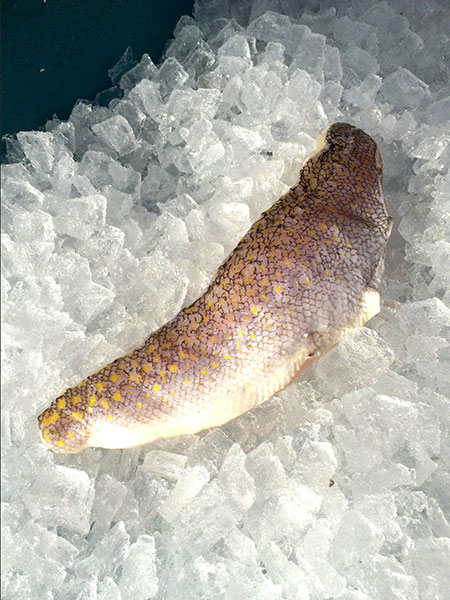
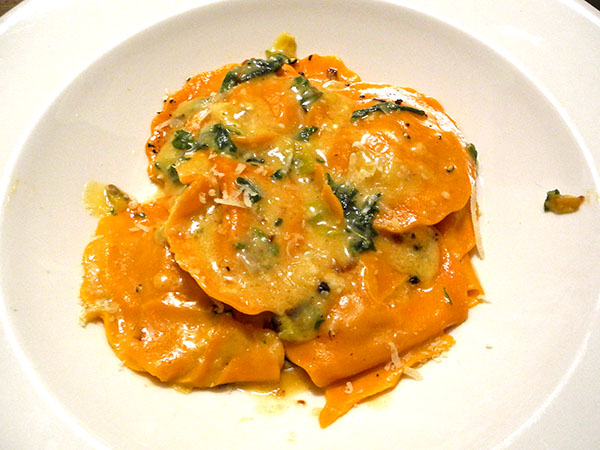

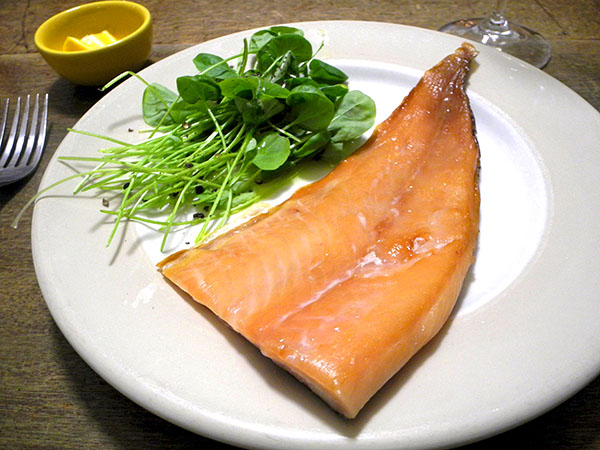

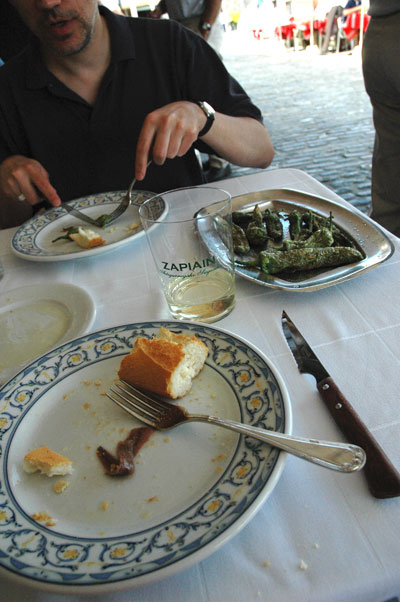
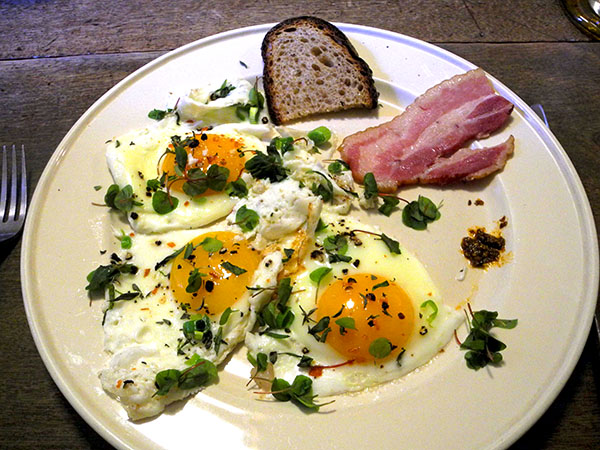
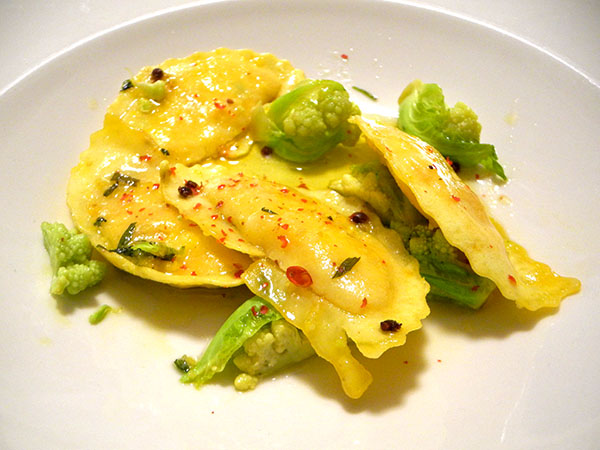

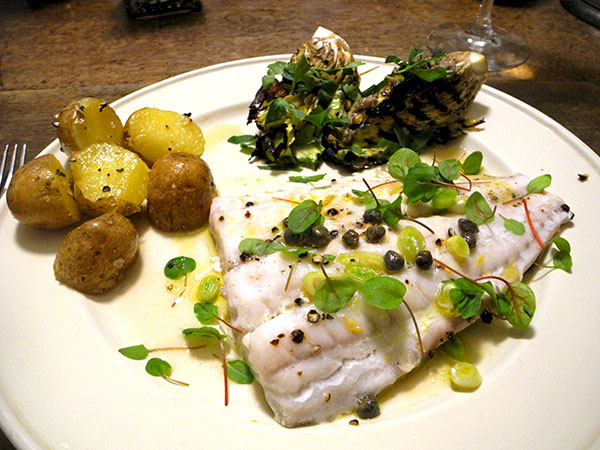 ,
,